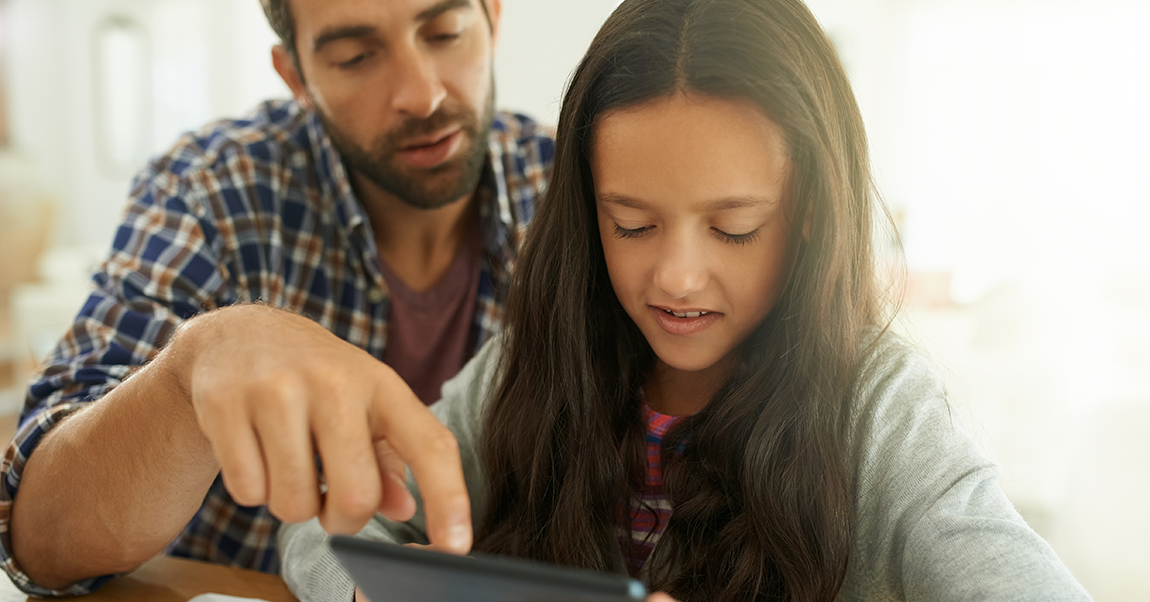
(This was published by Edutopia on April 8, 2020.)
With school closed due to the COVID-19 pandemic, teachers who use Project Based Learning are finding ways to keep that going with students learning remotely. They’re conducting projects via Zoom meetings, email, Google Docs, and a lot more if their students have the technology and internet access. But even when they don’t, it’s still possible for students to do PBL at home.
In either situation, teachers are thinking of ways that parents and caregivers can help make PBL work. I’ve been talking to the PBLWorks National Faculty to see how they’re bringing parents and caregivers into their children’s education. They shared several ideas with me.
Clarify (and lower) expectations.
First, assure parents that they are not expected to be teachers. Most of them are not suddenly going to be able to homeschool, whether they still have to go to work, have been laid off, or are trying to work from home.
So let parents and caregivers know what you’ll be doing to support students’ work on projects, make sure they know how to communicate with you, and let them off the hook for as much as you can. If applicable, tell them what kind of technology you’ll be using and what tech tools their children might be using.
For families that do not have access to technology or the internet, reassure them that all their children might need is a smartphone, or some basic art supplies or materials for making things, or just a pen and paper. I have ideas below for low- or no-tech projects that can be done at home.
Explain the benefits of doing PBL at home.
As an alternative to worksheets and online learning, it’s likely that parents will welcome anything that gets their kids away from a screen and keeps them active—as PBL can do. Projects are a great way to keep kids engaged in authentic learning and building useful skills.
You could also point out that projects are a good opportunity for families to do things together. Conversely, projects can be a good opportunity for kids to do things independently, if that’s what the family sometimes needs during long confinement in the same living space.
Explain how to support their children.
I asked the PBLWorks National Faculty about how parents and caregivers can help their children succeed if you have assigned PBL to do at home. Here are three tips:
“My school has been teaching remotely, and I see a big difference with attitude and work habits if a student has a workspace versus a student working from their bed, or lying on the floor, or spread out on a couch. Find an area and set it up to do schoolwork, even if it is a corner of the bedroom.” – Andrew Chernow, Secondary teacher
“Younger students can connect to each other or older students, neighbors, cousins, or other family via FaceTime or another app to have an authentic audience for their work. They can show them what they wrote or made today, and it is a chance for them to practice their presentation skills and ask questions and get feedback.” – Sara Slogesky, K–12 social studies supervisor
“Help students learn self-management skills by creating a daily and weekly schedule, and sticking to deadlines.” – Jorge Valenzuela, Educational coach and consultant
Suggest ideas for projects they can do at home.
If parents and caregivers are looking for projects they can do themselves with their children, here are eight projects from the PBLWorks project library they could adapt:
- Rain or Shine (grades K–1)
- Taking Care of Our Environment (grades K–1)
- Shapes Museum (grades K–2)
- The Storytime Channel (grades K–2)
- Shrinking Our Footprints (grade 5)
- Literary Playlist (grades 6–12)
- Quadrats to Biodiversity (grade 6)
- Planning to Thrive (grade 7)
Here are some ideas for at-home projects, both with and without technology, offered by our staff and National Faculty:
“Produce and share a video of a ‘cooking show’ and plan healthy menus.” – Rhonda Hill, director of district and school leadership at PBLWorks:
“Research a topic of interest (by reading, going online, or talking to or calling people) and share it with a specific person or group, by creating art pieces, 3D models, writings, music pieces, posters, or PSA videos posted on Instagram or other social media outlets.” – Lisa Mireles, director of district and school leadership at PBLWorks:
“Plan and run a PE class for the family.” – Heather Wolpert-Gawron, Middle school teacher and instructional coach
“Turn any arising family challenges into a family project; keep a list of questions and find solutions together.” – Telannia Norfar, High school math teacher
“A family could go on a ‘wonder walk’ around the neighborhood and record observations, questions, and curiosities.” – Myla Lee, Instructional coach and educational consultant
“Have kids design a zoo habitat for their favorite animal, using Legos, paint, markers, etc. First, observe animal live cams broadcasting from the San Diego Zoo, and then have them research the environment where their favorite animal lives.” – John Derian, High school science teacher
“Involve children in planning a project with this driving question: How can we create a school at home?” – Sara Slogesky, K–12 social studies supervisor

